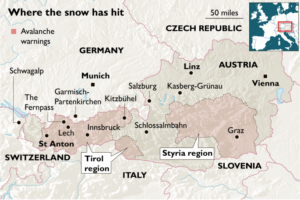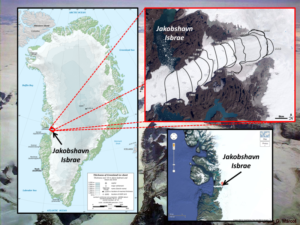by P. Gosselin, April 12, 2019 in NoTricksZone
German climate skepticism may have awakened, and ironically it may in large part be an unintended consequence of the “Greta demonstrations”. Germans may be finally getting fed up with the hysteria that has emptied out schools and turned into an ambush on their industrial jobs.
German geologist Dr. Sebastian Lüning, who together with Prof. Fritz Vahrenholt runs German climate skeptic site Die kalte Sonne, was recently interviewed by the conservative Junge Freiheit TV in Berlin (In German).
While the mainstream media focus almost exclusively on the ultra-alarmist climate scenarios, Lüning takes a far more moderate, non-alarmist view of climate and man’s impact on it.
In Lüning’s view, natural factors play an as big, or even bigger. role on climate than humans do.
Recent warming “not unusual”
In the interview, Lüning explains how the assumptions made by the CO2 alarmists fall apart when tested against the observations of the past. The experienced German geologist explains why the modern 20th century warming is nothing unusual and that the same has already occurred numerous times over the past 10,000 years.
Start of industrialization coincided with end of Little Ice Age
One problem, Lüning says, is that scientists like to begin their temperature charts right before industrialization began in earnest, which happens to coincide near the temperature low point of the Holocene. He says that the term “pre-industrial” has been the source of “lots of confusion”.
…

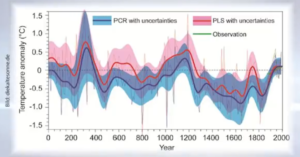

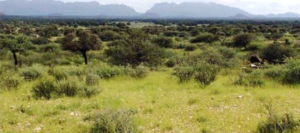

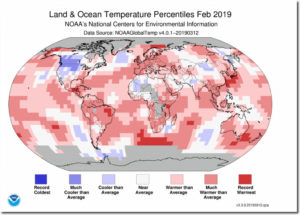


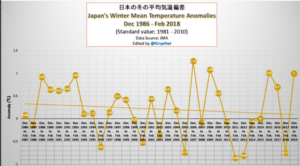

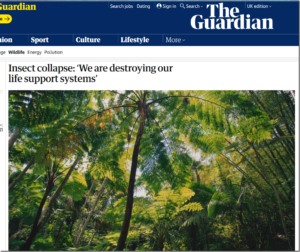
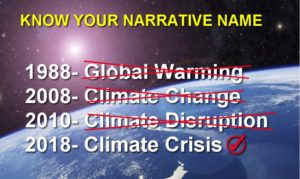 .
.